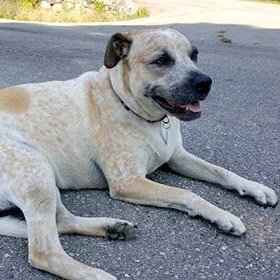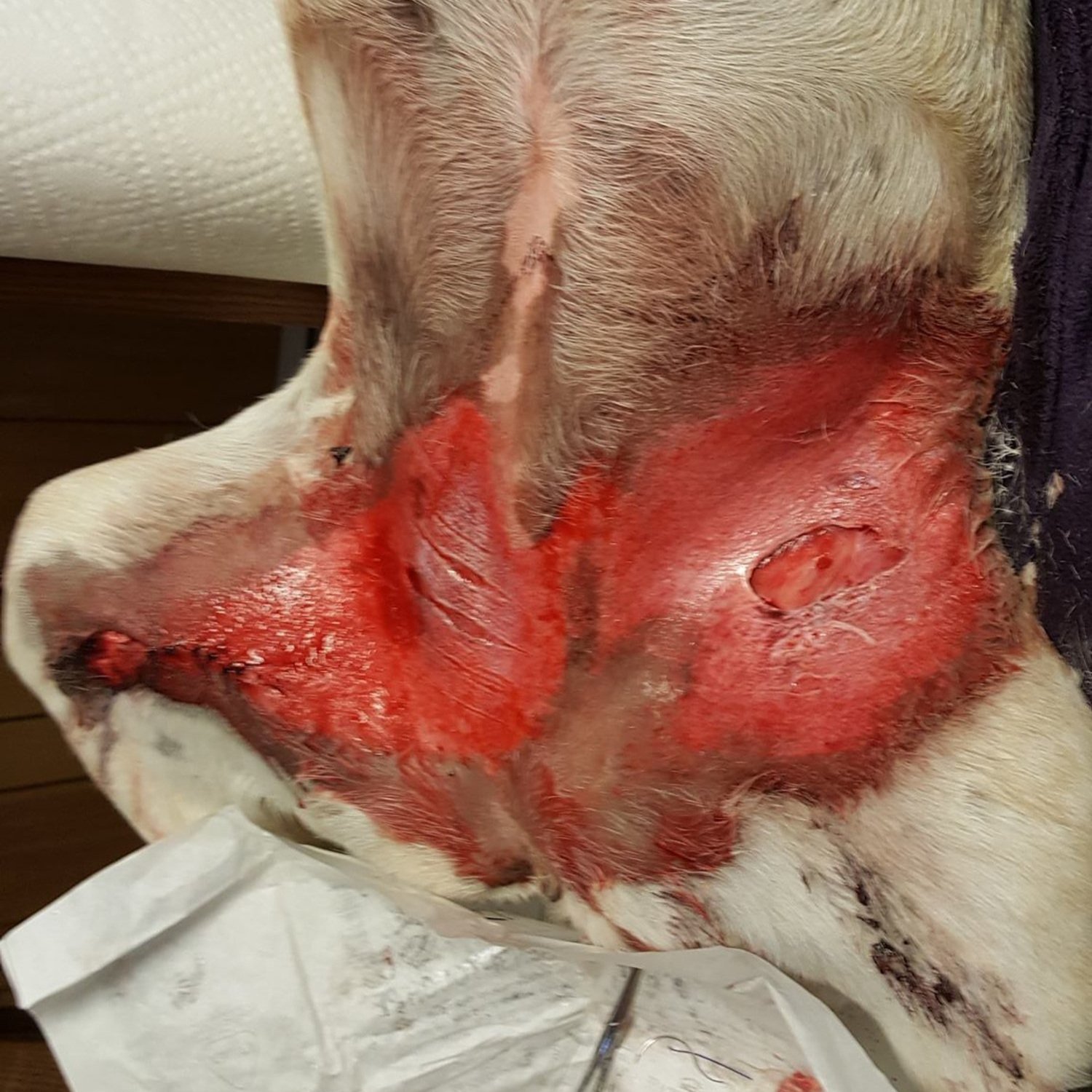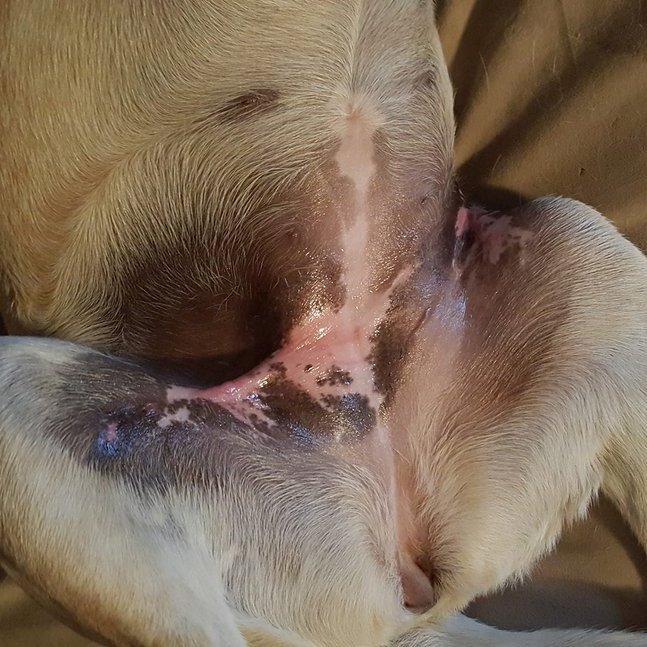How To Use HoneyCure OINTMENT
HoneyCure Ointment is a first-response product that can be applied after an animal is injured.
A wound’s susceptibility to infection increases within the first few hours after an injury occurs. To prevent further damage, it is essential to maintain a clean surrounding environment. HoneyCure Ointment can be easily applied to help promote a safe environment for a wound to heal.
Before using HoneyCure Ointment, assess the severity of the injury and stop any bleeding. Some swelling and drainage may occur. For serious wounds, please seek a veterinary professional immediately.







